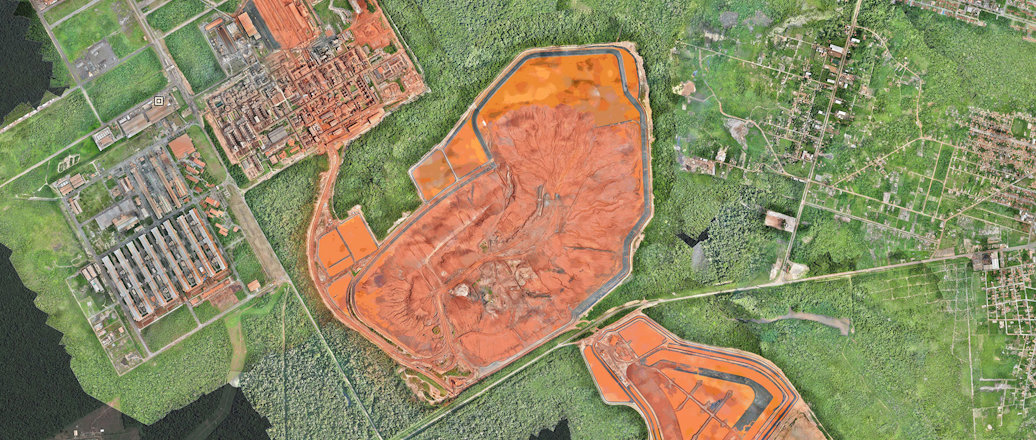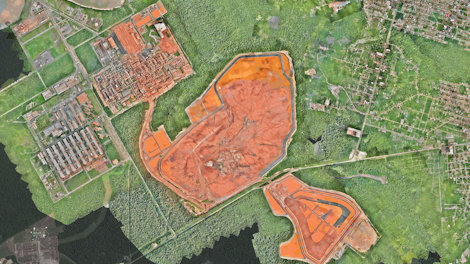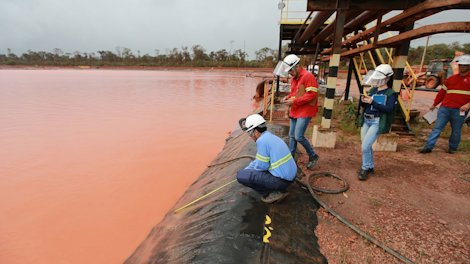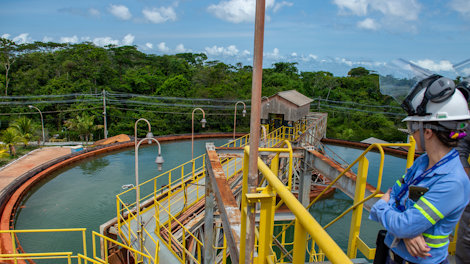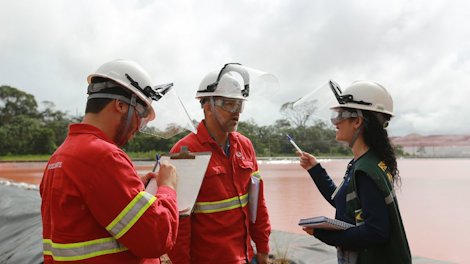Following the rainfall, communities around the alumina refinery were concerned that flooding could have resulted in overflows or leaks from Alunorte’s bauxite residue deposits into surrounding areas. Bauxite residue is a byproduct of the alumina refining process. At Alunorte, the bauxite residue is dry-stacked, and stored in bauxite residue deposits.
The rainwater that falls on these solid residue deposits is drained to the edges, and from there goes via a drainage system to containment basins. This water, which has been in contact with the bauxite residue, is then processed through the water treatment plant at Alunorte where it is treated before being discharged into the Pará river.
Around the time of the floods, there were local reports that the floods had affected the residue deposits and rumors circulated that they had overflowed into the surrounding area and contaminated local communities. The Brazilian authorities were likewise concerned and initiated multiple inspections of Alunorte.
No overflow from Alunorte’s bauxite residue deposits
Since then, several investigations and inspections have been conducted that confirm there were no leaks or overflow from Alunorte’s bauxite residue deposits. These include:
- IBAMA – Brazilian Institute of the Environment and Renewable Natural Resources (a federal environmental agency under the Ministry of Environment).
- SEMAS – the Secretary of State for Environment and Sustainability(environmental agency in the state Pará).
- Civil Defense
- SEMADE – the Secretariat of Environment and Economic Development of Barcarena (environmental agency in the city of Barcarena)
- Study by professors from the Federal University of Campina Grande, Brazil
- SGW Services (an Brazilian environmental consultancy, hired by Hydro to conduct an independent review of Alunorte and the impact of the heavy rainfall)
Updated: May 15, 2024
